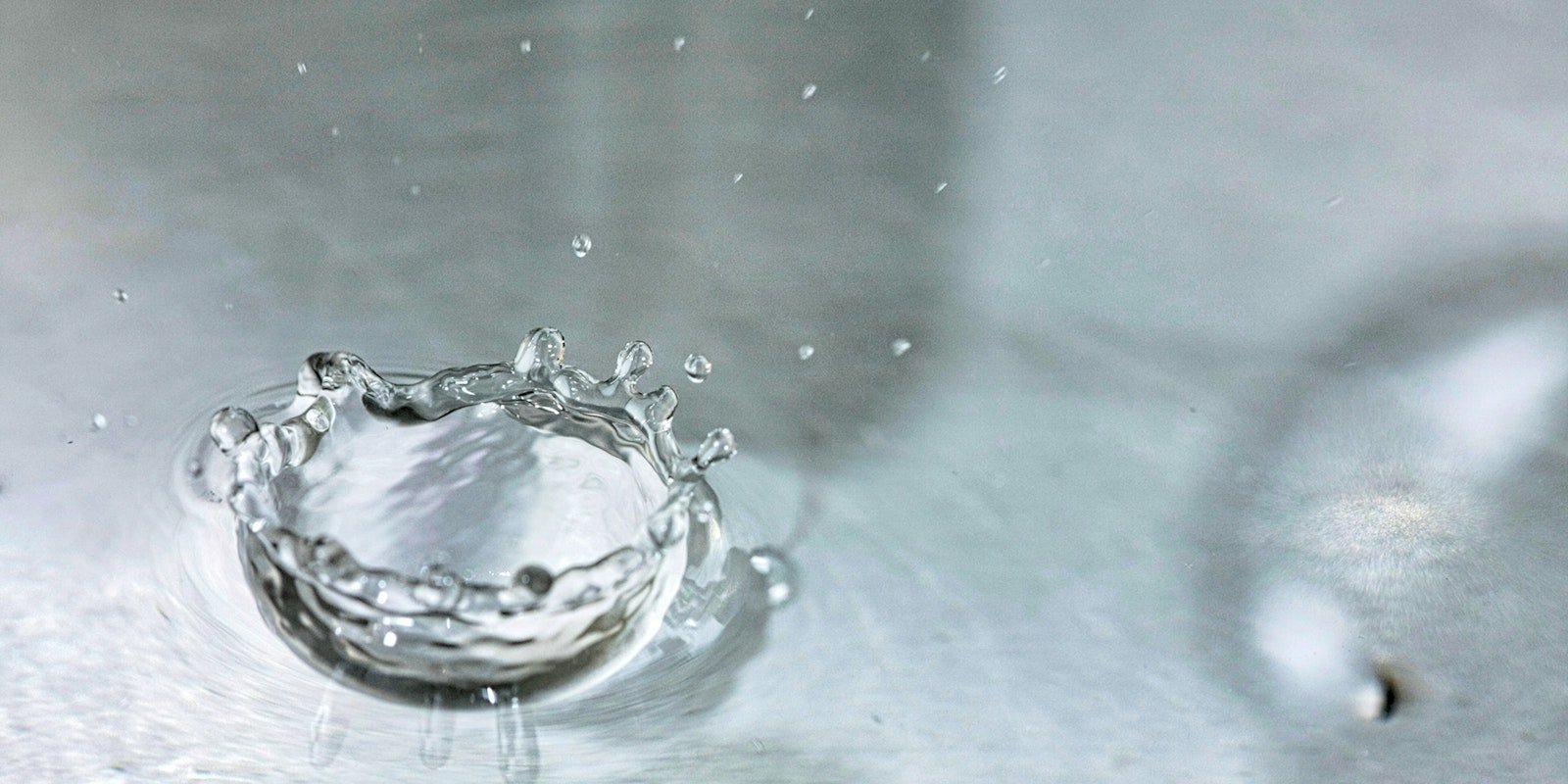We all know wet-finishing is an important part of the weaving process. But have you ever wondered about exactly what you should add to the water when you’re doing that wet-finishing? Let’s talk about what you will (and won’t) see recommended in Handwoven.
Soap or Detergent?
While people may casually use the terms soap and detergent interchangeably, there is a difference between the two.
Soap is made by combining an oil or fat with an alkaline substance such as lye. Humans have been making soap for thousands of years—a Sumerian clay tablet from around 2500 BCE has instructions for making an oil and wood ash (a source of lye) concoction to clean woolens. Nowadays most of our soaps are industrially made, but they still use the same basic raw ingredients and chemical processes.
Soaps are great at getting rid of dirt and oil—I’m a huge fan of castile and goat’s milk soap myself. Unfortunately, they can react with the minerals found in water (especially hard water) to become soap scum, which will settle on your handwovens rather than rinsing away. We don’t recommend that you wet-finish with soap.
Detergents are twentieth century cleaning products that were developed to get rid of dirt and oil without depositing scum, and to provide other cleaning and brightening elements (such as bleaches, enzymes, and foaming agents).
Their most important attribute for weavers? Detergents rinse away more thoroughly than soaps do, which makes them better for your textiles.
Detergents for Wet-Finishing
You’ll find several suggested detergent options in Handwoven projects. Here’s a rundown of some of them.
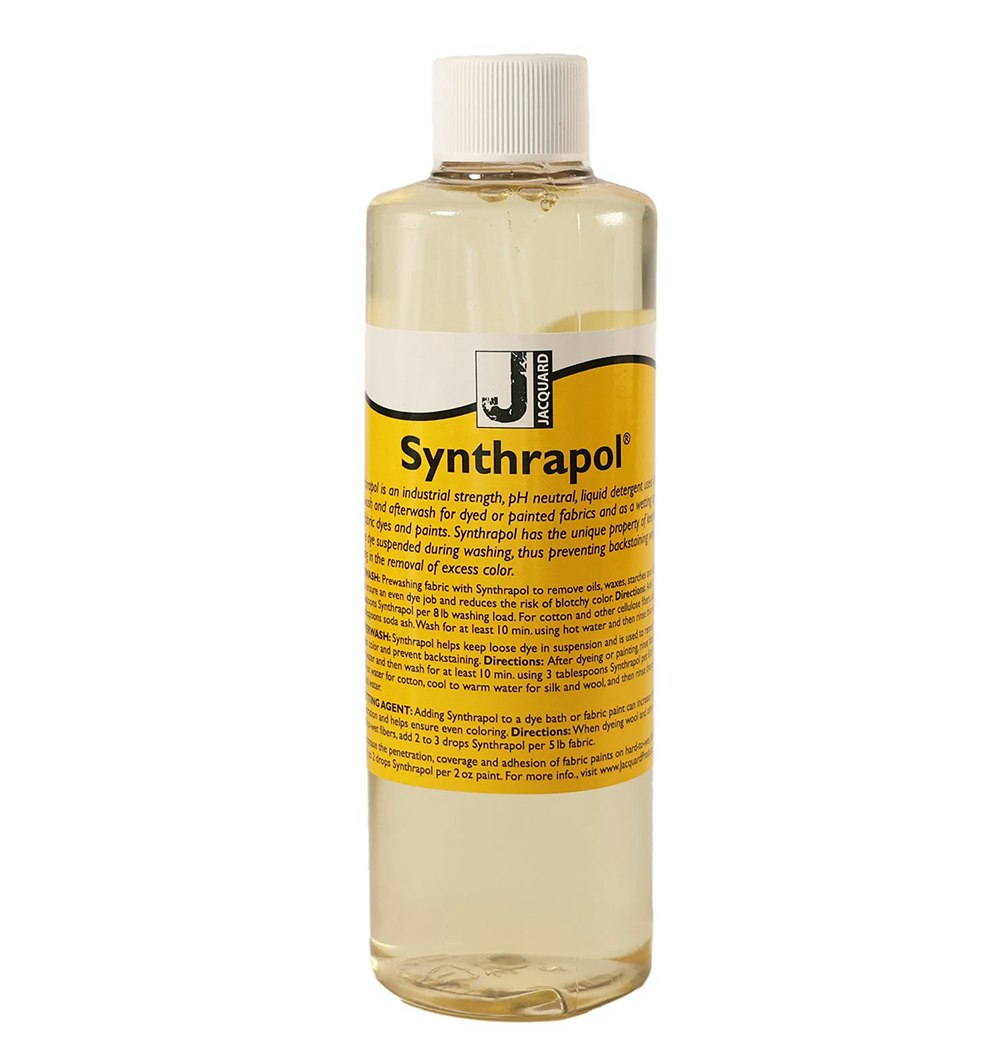
- Synthrapol: Synthrapol has been around for years. In addition to cleaning away dirt and spinning oils, it is designed to efficiently remove excess dye from fabric and keep that dye from settling back into the fabric where it might, say, stain a white yarn blue.
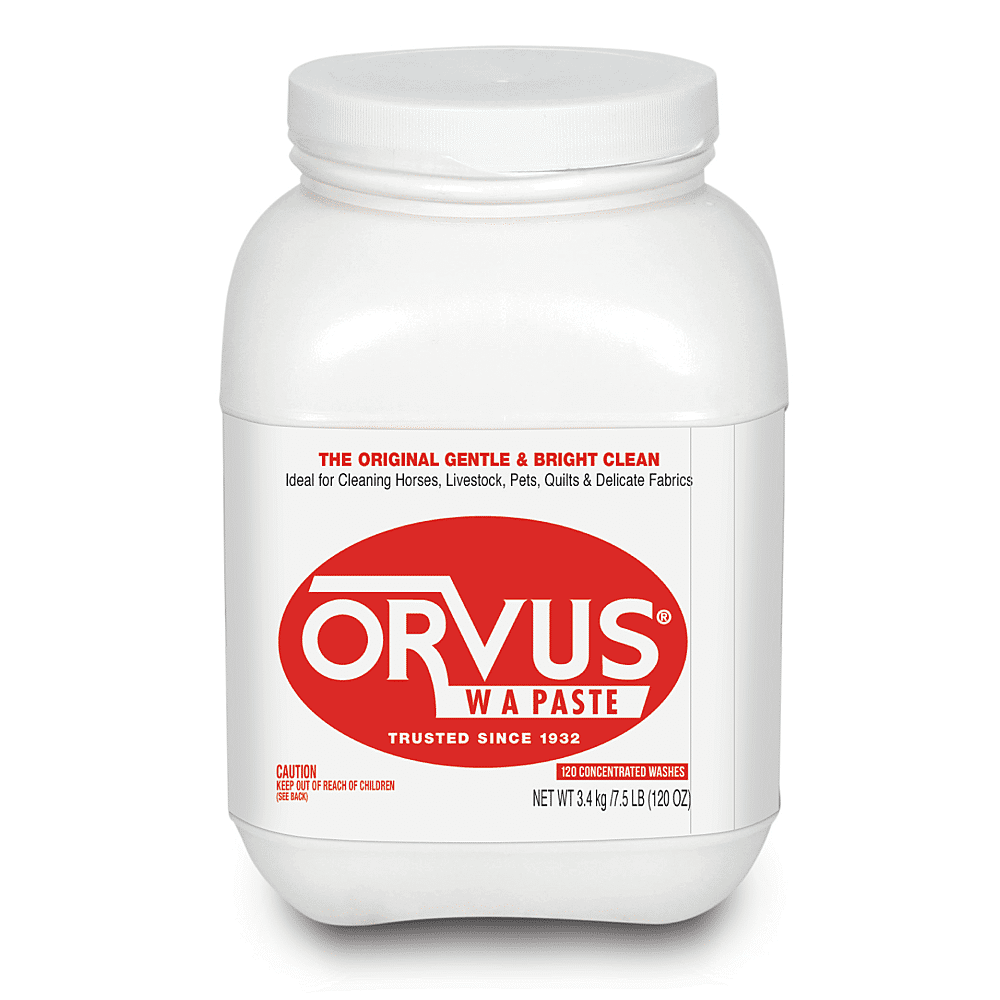
- Orvus WA Paste: Typically referred to simply as Orvus Paste, this is often the detergent listed for silk projects, but it can be used on almost any fiber. It’s also the detergent recommended most often by conservators and others who work with historical textiles. Originally designed as a horse shampoo, it can be found at farm supply and feed stores, usually in very large quantities.
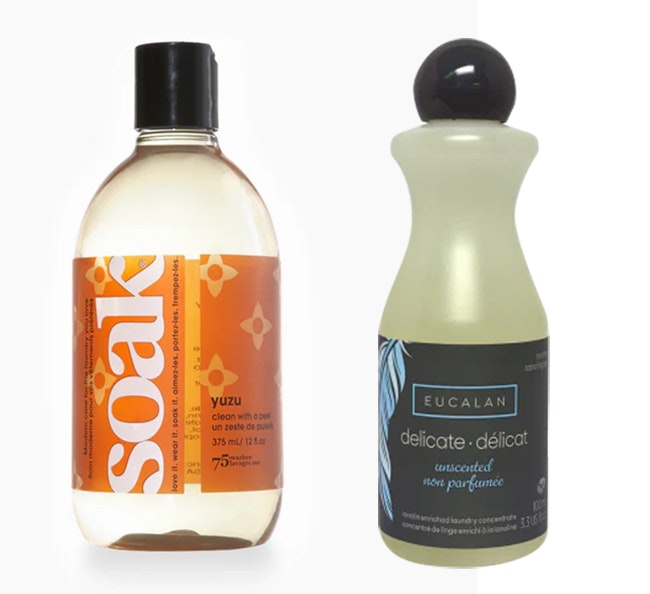
- No-rinse washes: The best-known no-rinse products are Soak and Eucalan (or you can find tutorials online about how to make your own if you’re so inclined). True to their name, these washes allow you to wet-finish a fabric without rinsing afterwards. You simply add the appropriate amount of product to water and let the fabric soak for a specific amount of time. Once that time is elapsed, you can remove the fabric and let it dry.
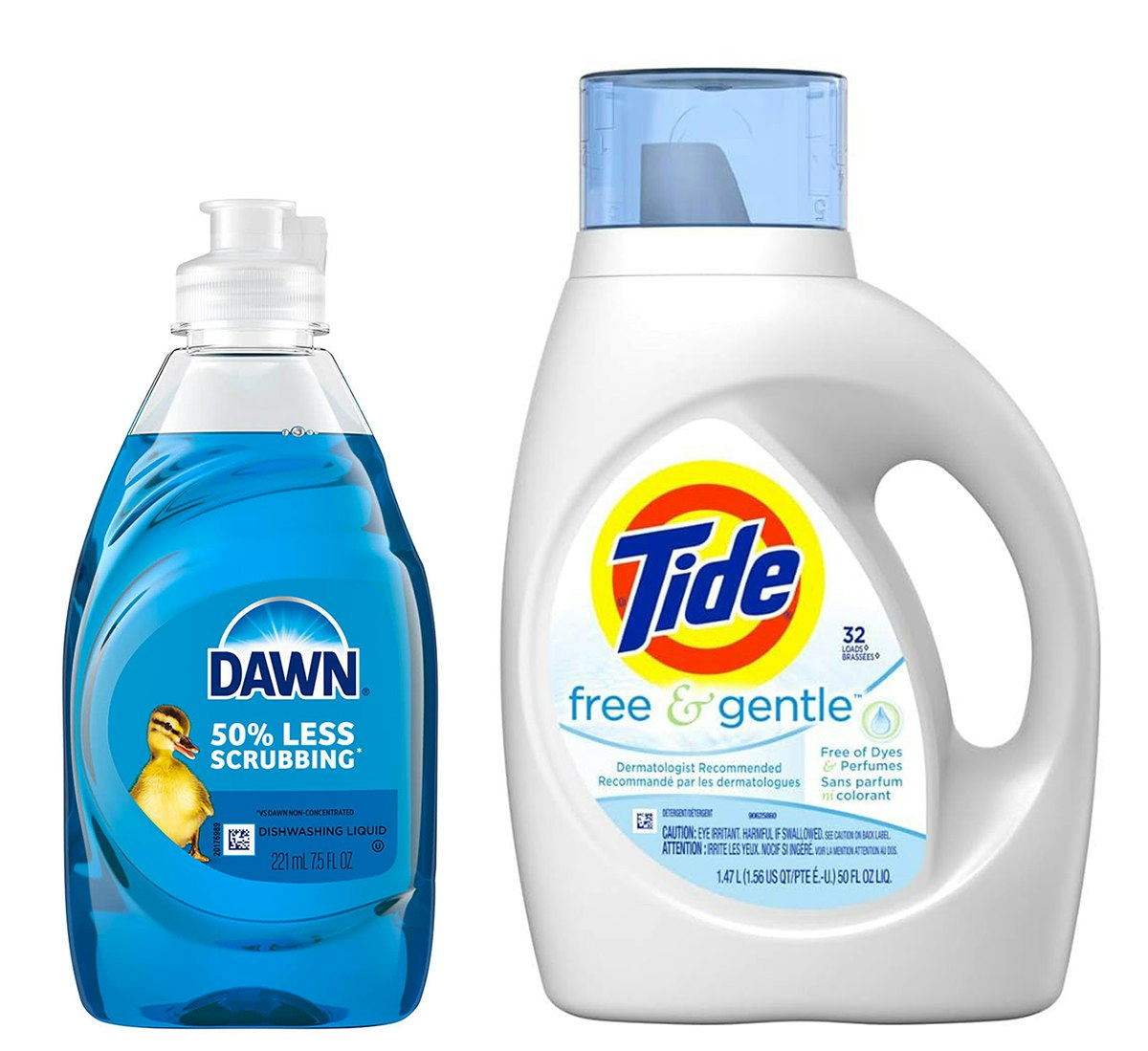
- Mild detergents: It’s common to see “wash in mild detergent” in Handwoven’s finishing instructions. What exactly does that mean? Any of the three types of detergents I listed above are considered mild. Most mild dish soaps are as well, including what’s often called “blue Dawn.” (Good to know: These products may commonly be called “soaps,” but they’re actually detergents.) Laundry detergents without dyes or fragrances, or those marketed as being for delicate fabrics, baby clothing, or people with sensitive skin, are also mild.
Learn More
So there you have it! If you’ve always wondered about soaps vs. detergents, now you know!
If you’d like to know more about wet-finishing, Laura Fry’s video course Wet-Finishing for Weavers teaches about all the ins and outs, including:
How warm water and detergent work together to transform woven cloth;
How to work with different fibers, including cotton, linen, wool, rayon, and silk;
Fulling for stability and enhanced texture;
Dealing with loose dye particles;
How to enhance shine.
Happy Weaving (and Washing),
Christina
Published June 15, 2018; updated October 9, 2025.

